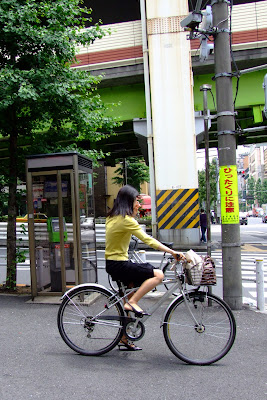The Pitcher plants in the photos are taken in 2006, and are found along the Brunei river. Very few of it left.
From Wikipedia
Pitcher plants are carnivorous plants whose prey-trapping mechanism features a deep cavity filled with liquid known as a pitfall trap. It has been widely assumed that the various sorts of pitfall trap evolved from rolled leaves, with selection pressure favouring more deeply cupped leaves over evolutionary time. However, some pitcher plant genera (such as Nepenthes) are placed withinclades consisting mostly of flypaper traps: this indicates that this view may be too simplistic, and some pitchers may have evolved from the common ancestors of today's flypaper traps by loss of mucilage.
Whatever their evolutionary origins, foraging, flying or crawling insects such as flies are attracted to the cavity formed by the cupped leaf, often by visual lures such as anthocyanin pigments, and nectar bribes. The sides of the pitcher are slippery and may be grooved in such a way so as to ensure that the insects cannot climb out. The small bodies of liquid contained within the pitcher traps are called phytotelmata. They drown the insect, and the body of it is gradually dissolved. This may occur by bacterial action (the bacteria being washed into the pitcher by rainfall) or by enzymes secreted by the plant itself. Furthermore, some pitcher plants contain mutualistic insect larvae, which feed on trapped prey, and whose excreta the plant absorbs. Whatever the mechanism of digestion, the prey items are converted into a solution of amino acids, peptides, phosphates,ammonium and urea, from which the plant obtains its mineral nutrition (particularly nitrogen and phosphorus). Like all carnivorous plants, they grow in locations where the soil is too poor in minerals and/or too acidic for most plants to survive.
Note: To all the travel guides from Brunei travel agencies, please be advice not to pluck off any pitcher plants just to let the tourists have a closer look. Let's conserve them so others can see it too. Thank you :-)







